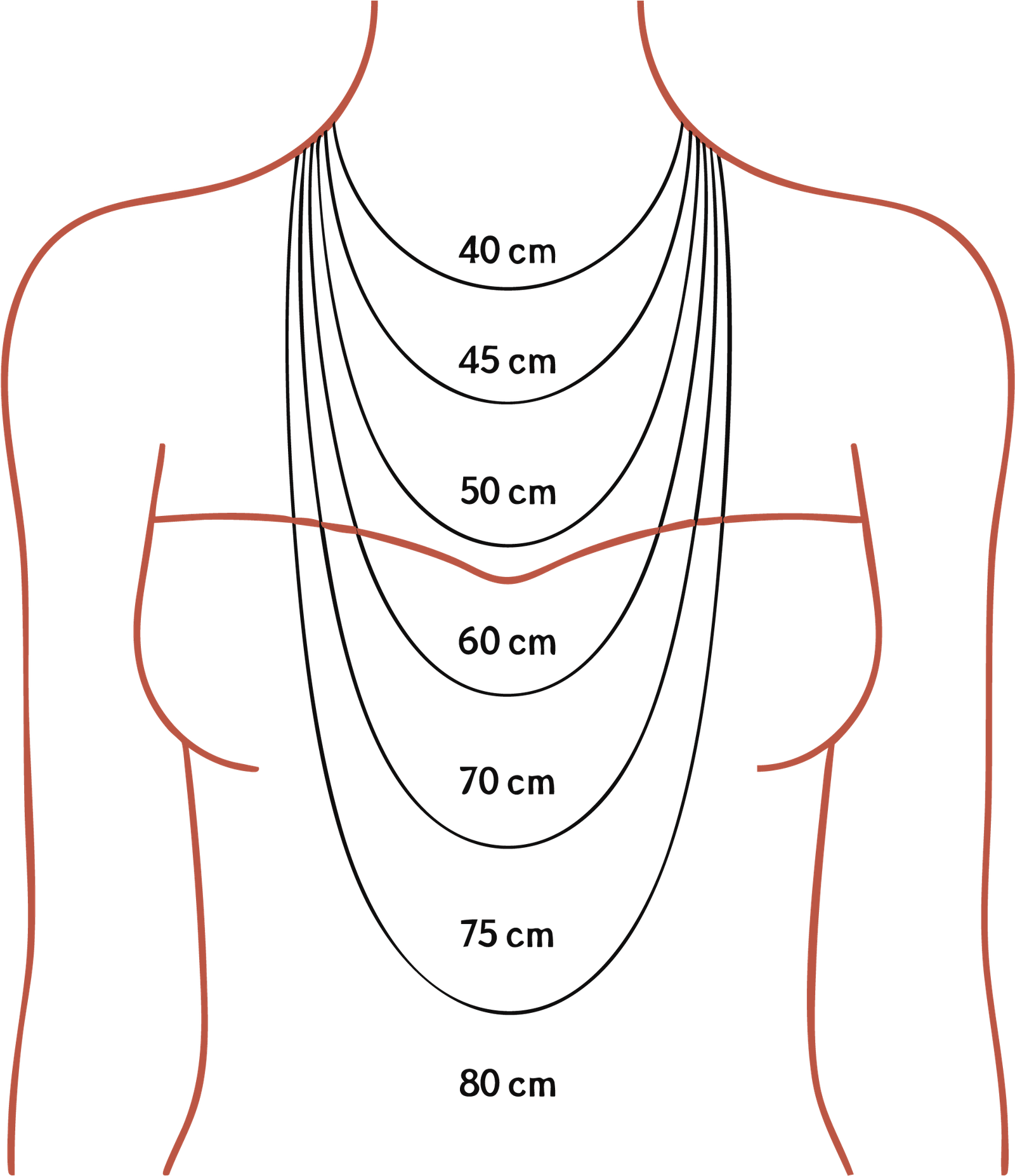DALMATIAN JASPER
Citrine has been prized since antiquity for its golden radiance, evoking the warmth of the sun. Greek and Roman civilizations used it to create protective jewelry meant to attract prosperity and vitality. Long confused with topaz, it was not clearly identified as a variety of yellow quartz until the XVIIIᵉ century. Its name comes from the French word lemonin reference to its luminous hues. Citrine is still considered a lucky stone, radiating positivity.
GEM TYPE
MICROCRYSTALLINE ROCK
FAMILY
QUARTZ
COLOR(S)
WET BEIGE
MOHS SCALE
7
GEOGRAPHICAL ORIGIN

Mexico
Main deposit and history
South Africa
Brazil
United States

A little history
Although its use is relatively modern in Western jewelry, Dalmatian Jasper has long been mined in Mexico, where it was used to make decorative objects and protective amulets. Its easy-to-identify mottled shape made it a talisman for craftsmen and shepherds, who considered it a stone of fidelity and good sense. Today, it is popular in contemporary jewelry for its singularity and accessible energy.
LITHOTHERAPY
In serious lithotherapy, Dalmatian Jasper is appreciated for its balance between anchoring, protection and emotional lightness:



